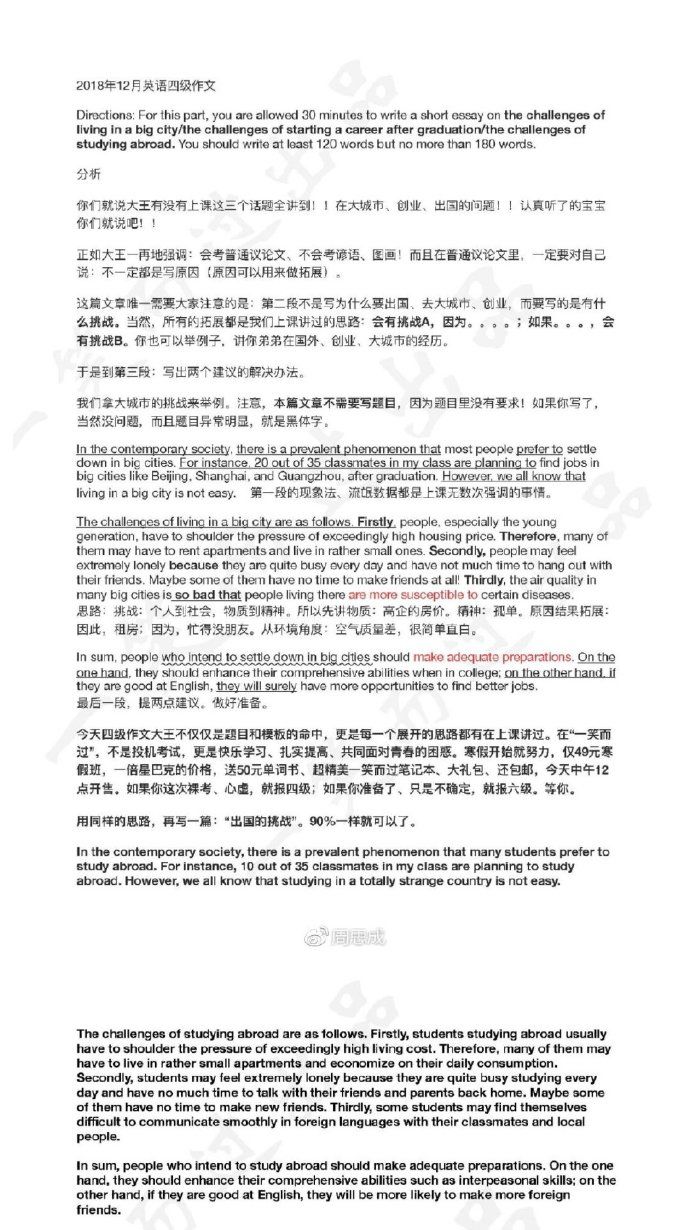SmallClaimsCourt小额钱债法庭
|
If you are enable to resolve your complaint through wish to use the Small Claims Court.Known popularly as the people's court,this informal and inexpensive forum is designed to help yourself disputes of $2,000 or less without the aid of an attorney. The atmosphere of Small Claims Court is informal, and the rules of the Court are simple. You can sue or be sued in this Court without being represented by a lawyer, because the more formal procedures characteristic of other courts are not required. Instead, you are allowed to present your own evidence and speak in layperson's terms. By choosing a Small Claims Court, you waive all right to a jury trial. Furthermore, it is only in very specific instance that you have the right to appeal to a higher court if the Clerks does not find in your favor. Defendants, however, always have the right to appeal. If the other party has a lawyer, you are not necessarily at a disadvantage because you are representing yourself. The participation by lawyers representing parties may be limited in a manner consistent with the simple and informal adjudication of the controversy. It is the Clerk's duty to ensure all parties a fair hearing. To file suit, obtain the appropriate form, called the Statement of Claim and Notice, from the Small Claims Court in your district. Fill out the form completely and accurately. The Clerk will provide a copy of your completed Statement of Claim and Notice form, which will show you the date and time of trial. You will also receive a Docket Number, or reference number for your suit. Use this number to identify your case when you contact the Clerk. A week before the hearing, call the Clerk to ensure that the Defendant has received the Statement of Claim and Notice. The Clerk will inform you if the case was postponed, or if the Defendant has filed an answer. Obtain a copy and use the Defendant's answer to prepare your case more effectively. To refresh your memory, prepare a chronological summary of events and relevant facts to facilitate your presentation. Pull together all the evidence that will help you prove your case, such as contracts, letters, canceled checks, receipts, leases, estimates and actual damaged goods or photographs. Bring certified copies of the applicable Attorney General's regulations if you are citing a specific violation. If you are suing under the Consumer Protection Act, Chapter 93A, notify the Clerk of that fact and that you are entitled to double or treble damages under that statute. Bring a copy of your 30-day demand letter. You may also wish to schedule witnesses who can verify your claims or confirm your statements. If a witness refuses to participate, the Clerk can help subpoena him or her. A subpoena is a court notice ordering a witness to appears in court on a trial date. Arrive at the Court House at least an hour before your case is heard. When your case is called, you, the Defendant, and any witnesses must be sworn in. Then, the Clerk will hear each side of the case allowing each side to develop the story with evidence and witness participation. The Plaintiff or person suing, presents the case first. The presentation should be brief, well-organized and emotionally controlled. Then, the Defendant, or person being sued presents his or her version of the case. Always speak directly to the Clerk. Don't argue with the Defendant in Court, or interrupt his or her presentation. If the Defendant defaults, or does not show up, and you appear for trial, you automatically win. However, you must show the Court proof of your claim. (If the Defendant appears for the trial and the Plaintiff fails to appear, the case will be dismissed. If neither Plaintiff nor Defendant appears for trial, the claim must also be dismissed. ) After hearing the arguments of both parties, the Clerk may make an immediate decision, or may require more time for deliberation, which would leave the case Under Advisement and you would be notified by mail of the final decision. If the Clerk finds in favor of the Defendant, then the case will be over and you will receive no payments. You will be required to pay the Court costs for the Defendant. If the decision is for the Plaintiff, the Court will issue a Notice of Judgment and Order that orders the Defendant to pay you the damages and rt entry fee. The Clerk may award you less than your ginal claim. Generally, the Defendant has the right to appeal the ision within 10 days. The Defendant must pay an appeal fee and post $100 in cash or certified check or bond unless the Court waives this requirement. If the Defendant fails to pay you, then you must inform the Clerk who will issue a Notice to Show Cause you. You then must arrange to have the notice delivered to the Defendant by a county Deputy Sheriff or municipal Constable. The Notice to Show Cause will "indicate the date and time of hearing. At the hearing, the Court will take appropriate action to recover payment. Alternatively, you may ask the Clerk for an Execution form? This form allows the county Deputy Sheriff or municipal Constable to seize and sell the Defendant's property to recover the amount owed. Within one year of the Court's decision, a party can apply for relief from the judgment or order. This means that the Court may decide to reverse the decision because of an error or other reasons that the Court finds sufficient. Ask the Clerk if you have any questions about this or other Small Claims Court procedures. |








